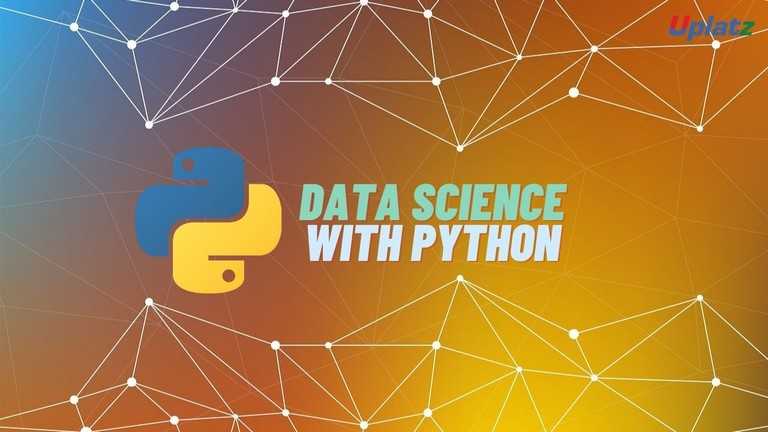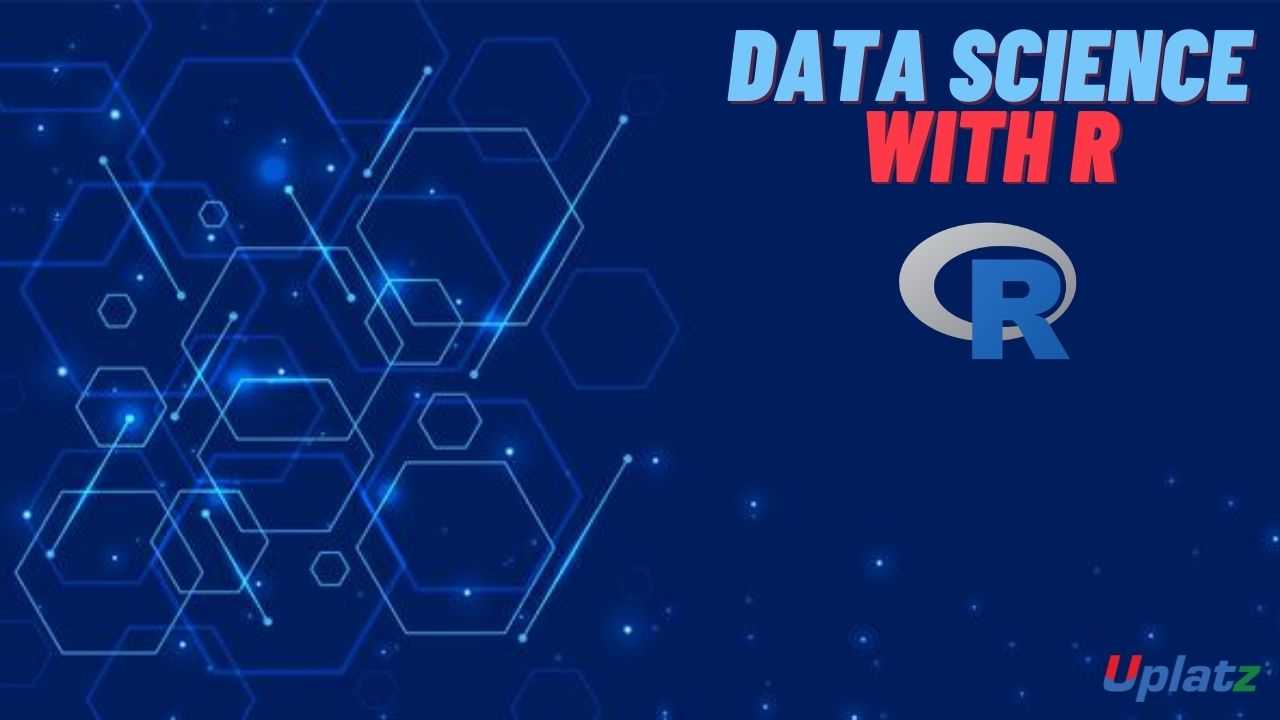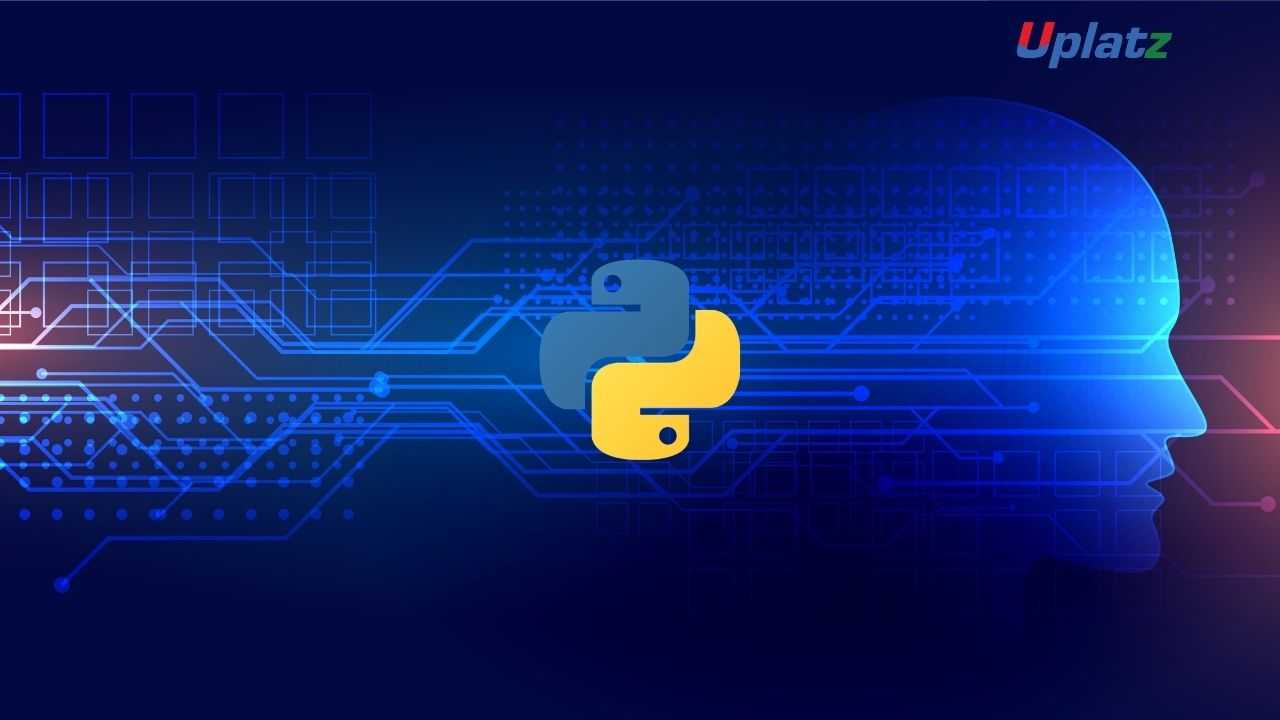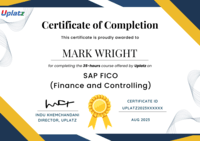LightGBM
Accelerate Machine Learning with LightGBM – Learn Gradient Boosting for Efficient and Accurate PredictionsPreview LightGBM course
Price Match Guarantee Full Lifetime Access Access on any Device Technical Support Secure Checkout Course Completion Certificate 96% Started a new career
BUY THIS COURSE (
96% Started a new career
BUY THIS COURSE (GBP 12 GBP 29 )-
 86% Got a pay increase and promotion
86% Got a pay increase and promotion
Students also bought -
-

- Data Science with Python
- 45 Hours
- GBP 12
- 2931 Learners
-

- Data Science with R
- 25 Hours
- GBP 12
- 479 Learners
-

- Machine Learning with Python
- 25 Hours
- GBP 12
- 3518 Learners

-
A customer churn prediction model with high AUC
-
A house price regression model using boosting and feature importance
-
A time-series forecasting model using lag features and rolling stats
-
Understand the gradient boosting algorithm behind LightGBM
-
Train models for classification, regression, and ranking tasks
-
Handle categorical features natively with LightGBM
-
Use cross-validation and early stopping to avoid overfitting
-
Tune hyperparameters using grid/random/Bayesian search
-
Interpret model outputs using SHAP and feature importance
-
Deploy trained models using joblib or ONNX
-
Data scientists and ML engineers working with structured data
-
Analysts transitioning into machine learning roles
-
Kaggle competitors seeking top leaderboard performance
-
Developers building high-performance predictive systems
-
Anyone looking for an alternative to XGBoost or Random Forests
-
Master the Basics First – Understand decision trees and boosting fundamentals
-
Follow the Datasets Closely – Use real-world tabular datasets provided in each module
-
Experiment with Hyperparameters – Practice tuning for maximum model performance
-
Visualize and Interpret – Use SHAP, gain plots, and feature importance metrics
-
Track Your Results – Use MLFlow or notebooks to log experiments and insights
-
Push to Production – Learn model serialization and inference in scripts/APIs
-
Compare with Other Models – Benchmark LightGBM against XGBoost and CatBoost
Course/Topic 1 - Coming Soon
-
The videos for this course are being recorded freshly and should be available in a few days. Please contact info@uplatz.com to know the exact date of the release of this course.
By the end of this course, you will be able to:
-
Understand the principles of gradient boosting and tree-based models
-
Train and evaluate LightGBM models for real-world datasets
-
Apply feature engineering strategies for time series and tabular data
-
Tune LightGBM hyperparameters for better accuracy and efficiency
-
Interpret and visualize LightGBM model results
-
Deploy trained LightGBM models using Python libraries or APIs
Course Syllabus
Module 1: Introduction to Gradient Boosting
-
What is Boosting?
-
LightGBM vs XGBoost vs Random Forest
-
Installation and Setup
Module 2: LightGBM Fundamentals
-
Trees, Leaves, and Histogram-based Splitting
-
Leaf-wise vs Level-wise Growth
-
Handling Missing Values and Categorical Features
Module 3: Classification Projects
-
Binary Classification with LightGBMClassifier
-
Multiclass Classification
-
Evaluating with AUC, Accuracy, Confusion Matrix
Module 4: Regression with LightGBM
-
Predicting Prices and Numeric Outcomes
-
Using LightGBMRegressor
-
Error Metrics: RMSE, MAE, R²
Module 5: Feature Engineering and Selection
-
Encoding Categorical Features
-
Handling Time Features (Lag, Rolling, Trends)
-
Using Permutation and SHAP for Feature Selection
Module 6: Hyperparameter Tuning
-
GridSearchCV and RandomizedSearchCV
-
Bayesian Optimization with Optuna
-
Early Stopping and Learning Rate Scheduling
Module 7: Model Interpretation and Debugging
-
Feature Importance and Gain Charts
-
SHAP Values and Force Plots
-
Visualizing Trees and Decision Boundaries
Module 8: Ranking and Time Series
-
Learning to Rank with LightGBM
-
Time-Series Forecasting with LightGBM
-
Preventing Leakage and Ensuring Valid Splits
Module 9: Model Deployment and Inference
-
Saving Models with joblib
-
Predicting in Real-Time APIs
-
Exporting to ONNX and Model Management Tools
Module 10: Projects and Case Studies
-
Customer Churn Prediction
-
House Price Estimation
-
Product Recommendation with Ranking
Module 11: LightGBM Interview Questions & Answers
-
Theoretical Foundations
-
Model Tuning and Optimization
-
Real-World Use Cases and Troubleshooting
Upon completing the course, learners will receive a Certificate of Completion from Uplatz that verifies their ability to build high-performance machine learning models using LightGBM. The certificate is a valuable credential for professionals aiming for data science, ML engineering, or AI roles in analytics-driven industries.
LightGBM is widely adopted in industries like finance, e-commerce, healthtech, and telecommunications. Completing this course will prepare you for roles such as:
-
Data Scientist
-
Machine Learning Engineer
-
Predictive Modeler
-
AI Specialist (Structured Data)
-
ML Research Assistant
-
What is LightGBM and how is it different from XGBoost?
Answer: LightGBM is a gradient boosting framework that uses histogram-based and leaf-wise tree growth for faster training and better accuracy. Compared to XGBoost, it is faster on large datasets, handles categorical features natively, and uses less memory. -
What are the advantages of LightGBM?
Answer:-
High speed and efficiency
-
Native support for categorical variables
-
Built-in handling of missing values
-
GPU support for large-scale training
-
Regularization options to avoid overfitting
-
-
What is the leaf-wise growth strategy in LightGBM?
Answer: Unlike level-wise trees, LightGBM grows trees by choosing the leaf with the highest loss reduction. This results in deeper, more accurate trees, but requires constraints to prevent overfitting. -
How does LightGBM handle categorical features?
Answer: LightGBM converts categorical features into integers and uses one-hot encoding internally when necessary. It also finds optimal splits by evaluating combinations efficiently during training. -
What are common hyperparameters to tune in LightGBM?
Answer:-
num_leaves– Controls complexity -
learning_rate– Affects convergence -
max_depth– Limits tree depth -
min_child_samples– Controls overfitting -
subsampleandcolsample_bytree– For randomness and generalization
-
-
What metrics are supported in LightGBM?
Answer: LightGBM supports evaluation metrics like AUC, Logloss, RMSE, MAE, and accuracy. You can also define custom metrics based on validation needs. -
Can LightGBM be used for time-series forecasting?
Answer: Yes. While not designed for sequence models, LightGBM works well for time series with proper feature engineering (lags, rolling windows) and careful validation using time-aware splits. -
How do you avoid overfitting in LightGBM?
Answer: Techniques include early stopping, limitingnum_leaves, reducing learning rate, applying regularization (lambda_l1,lambda_l2), and controlling depth withmax_depth. -
What is early stopping in LightGBM?
Answer: Early stopping halts training when performance on a validation set doesn’t improve after a set number of rounds. It helps prevent overfitting and saves training time. -
How do you interpret LightGBM models?
Answer: You can interpret models using feature importance (gain, split count) and SHAP values to understand how features influence predictions on an individual and global level.









